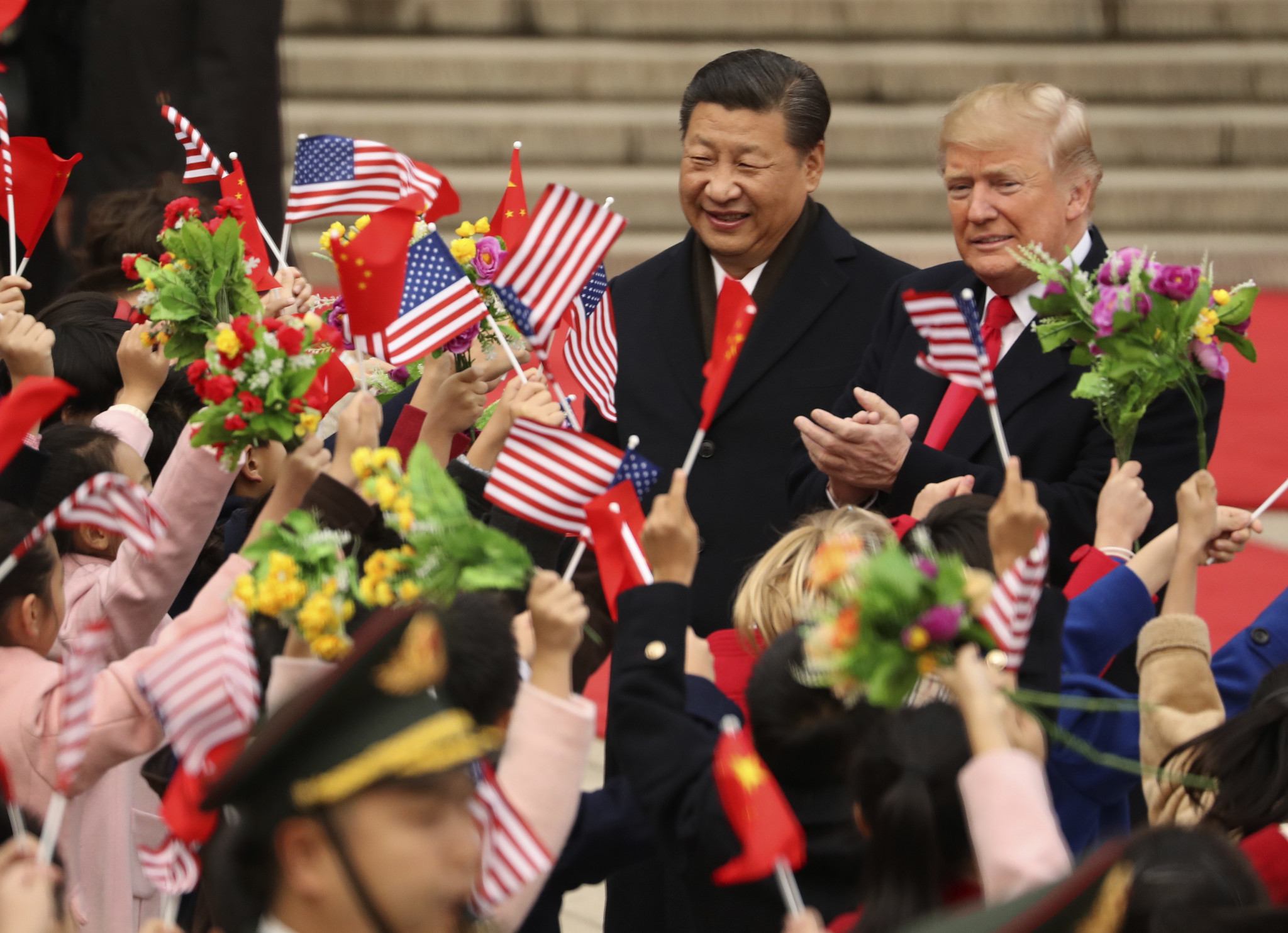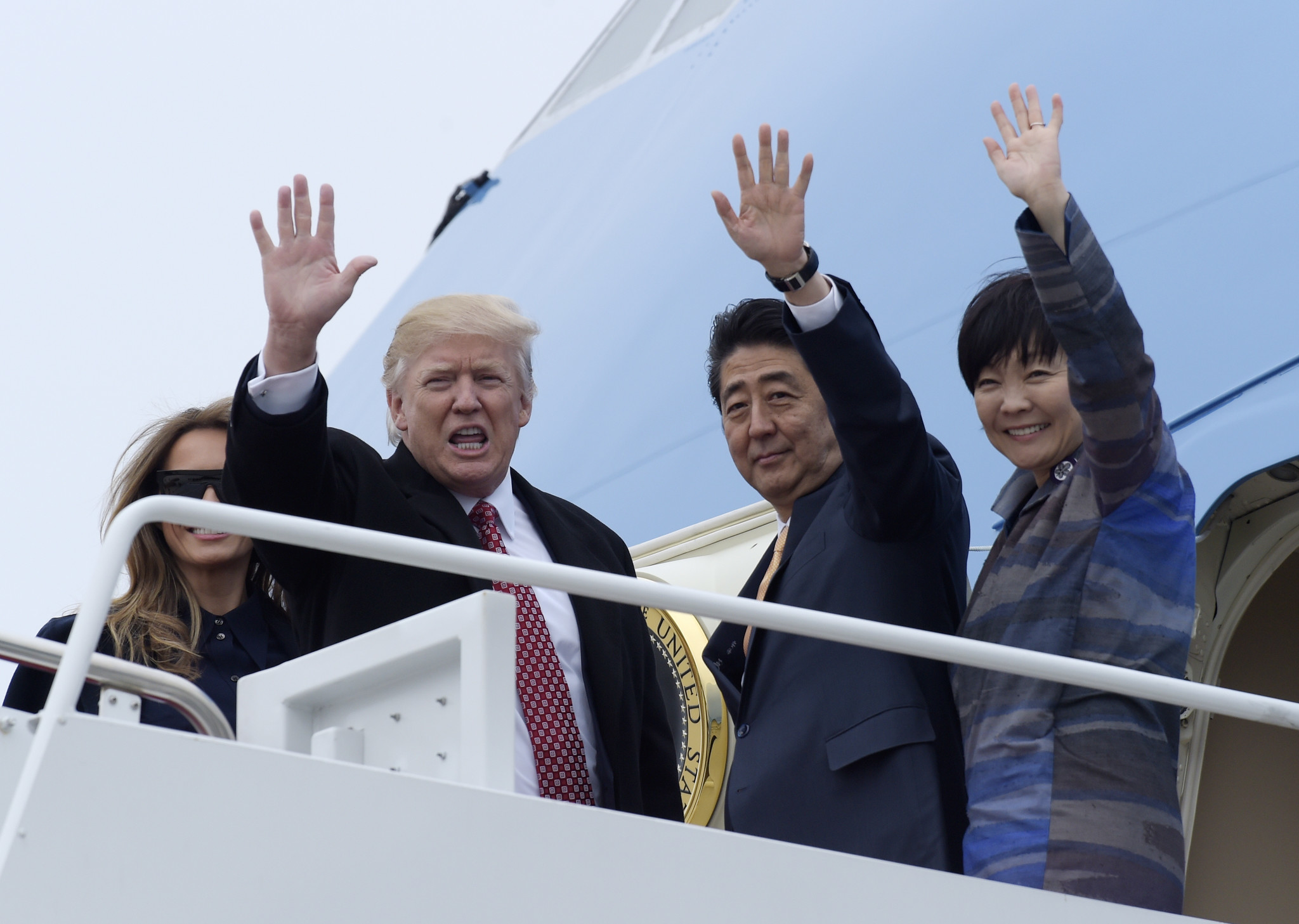Remaking Asia-Pacific Multilateralism at the November Summits
The recent Asia-Pacific summits could have crucial consequences for international and regional relations. I recently wrote an opinion piece for the G20 Research Group at the University of Toronto, contextualizing these summits within the broader shifts in global economic governance analyzed in my new book. The present commentary assesses the results and significance of these gatherings, which also raise key questions about influential scholarly approaches to international relations and, specifically, the Asia-Pacific.
Many media commentators and ‘IR’ scholars, myself included, focused substantially on President Donald Trump’s ‘Asia tour’. Several analysts have emphasized competitive regional balancing dynamics, especially between China and the U.S., on key security and trade issues. It was widely commented that Trump’s priorities for this visit were his concerns over trade and North Korea. This focus on Trump’s agenda sometimes under-emphasized other significant multilateral and bilateral agreements during these meetings, from which the American President was often excluded.
These summit meetings indicated some processes remaking regional multilateralism, or even Asia-Pacific ‘regionalism’, with significant consequences for world politics. They further underscored the possible benefits from reassessing our analytical frameworks for studying international relations. There are disadvantages to analyzing the Asia-Pacific region through American lenses, such as the logics or metaphors of ‘hub-and-spokes’, ‘containment’, ‘pivots’, ‘balancing’, or even ‘re-balancing’. Many IR scholars accepted this U.S.-influenced disciplinary context and its analytical constraints, partly due to the excellence of much of the scholarship from American universities; but equally, perhaps, because of a common perception that U.S. leadership was the cornerstone of multilateral cooperation since the 1940s, and the ‘liberal international order’ should be understood as an American-led world order.
Just as the end of the Cold War destabilized mainstream IR theorizing in the 1990s, opening space for social constructivism, feminism, green IR theory, and new research areas, contemporary global authority shifts might provide the impetus for scholarly innovation. We should assess Amitav Acharya’s proposal to constitute what he calls a new ‘Global IR’, to which the Rising Powers Project arguably contributes. This Global IR could integrate new voices and be open to alternative issues and approaches, beyond the materialist, rational-actor assumptions of much conventional scholarship on international relations.
My own research has focused on the significance of decentralizing strategic, political, and cognitive authority in global economic governance. I argue this has integrated developing and Asia-Pacific states, plus non-state actors, more deeply in global governance. The increasing global significance of regional cooperation, regionalism, and even ‘mega-regionalism’, is part of this decentralizing authority and was underlined by these Asia-Pacific meetings. The new Comprehensive and Progressive Trans-Pacific Partnership (CPTPP), agreed at the Asia-Pacific Economic Cooperation (APEC) forum by the so-called ‘TPP11’, following Trump’s withdrawal from the Trans-Pacific Partnership (TPP), once again demonstrated that post-Cold War ‘open’ regionalism does not depend on American leadership. It also marginalized the American President’s calls for more bilateral trade agreements, further undermining U.S. international influence and authority.
Much has occurred during the past two weeks, beyond the global media focus on President Trump. Chinese President Xi Jinping and Japanese Prime Minister Shinzo Abe have been the key regional influencers on economic issues, their international authority having been augmented by recent domestic political successes. Ian Bremmer, speaking on the November 12th broadcast of CNN’s Fareed Zakaria GPS, noted that President Xi and China’s ‘Belt and Road Initiative’ (BRI) were a much greater regional focus of attention this month than Trump’s trade agenda. Bremmer also mentioned the historic significance of President Xi’s speech at the 19th National Congress of the Communist Party, in which Xi endorsed China’s role as a global power. Trump’s badly-received ‘America First’ speech at APEC, in which he accused other participating states of exploiting America on trade, no doubt influenced the much warmer reception for Xi’s APEC speech, which praised regional efforts at multilateral economic cooperation.
The APEC Leaders’ Declaration, which required collective membership approval, adopted some of Trump’s language on tackling “unfair trade practices.” This was a widely-noted adjustment, perceived by some commentators as a diplomatic success for the American President. However, contrary to Trump’s anti-multilateralist stance, the text reaffirmed support for World Trade Organization rules and called for efforts to “deepen regional economic integration,” including an eventual “Free-Trade Area of the Asia-Pacific.” The Declaration also endorsed sustainable “clean energy sources,” partly to “contribute to reducing global greenhouse gas emissions,” seemingly at odds with Trump’s withdrawal from the United Nations’ Paris climate agreement.
Prime Minister Abe was arguably the biggest ‘winner’ of the Asia-Pacific summits. His influential role in guiding the TPP11 negotiations to an agreement on the CPTPP was perhaps the headline achievement of these summits. Another significant new multilateral agreement is the ASEAN–Japan Comprehensive Economic Agreement, covering services and investment, agreed at a ministerial meeting in Manila. Abe also had significant diplomatic successes in bilateral meetings with the American, Chinese, and Russian presidents. This included a reiterated commitment from President Trump to defend Japan’s security, in addition to an interesting new agreement between Abe and Trump to provide “high quality United States–Japan infrastructure investment… in the Indo-Pacific region.” This has obvious parallels with Chinese BRI projects, potentially competing with the BRI for investment opportunities. It is not clear yet whether the Abe–Trump proposal would have sufficient financial resources to compete with the BRI for regional influence, but achieving such a deal with Trump appeared to be a diplomatic triumph. There was also positive dialogue with President Xi and President Vladimir Putin, including mutual commitments to cooperate on North Korea.
Many leaders participated in these Asia-Pacific summits; some, such as Australian Prime Minister Malcolm Turnbull and New Zealand’s Prime Minister Jacinda Ardern, faced significant political challenges while contributing to the TPP11 negotiations. One interesting aspect of these negotiations was the diplomatic cooperation between Canadian and Mexican representatives, building on their mutual cooperation during the North American Free Trade Agreement re-negotiation. It seems the two delegations coordinated their positions, significantly shaping the eventual CPTPP deal.
The current debate about the phrasing of ‘Indo-Pacific’ versus ‘Asia-Pacific’, in its present guise, appears to be a U.S.-invoked rhetorical challenge, supposedly intended to avert the geographical focus from any regional Sino-centrism. This might even borrow from a constructivist IR understanding of the social-construction and contestation of meaning; but such rhetoric, without deeper and more complex engagement with the states of a putative Indo-Pacific, might not boost American regional influence. The increasingly associated discussion of a new ‘quad’ security alliance, consisting of America, Australia, India, and Japan, is less likely to have enduring regional significance unless tied to deeper economic engagement. This was a strategic calculation the Obama Administration seemed to accept, especially in its support for TPP, perhaps due to the sway of liberal IR scholars in its foreign-policymaking.
The Trump Administration’s transactional, bilateral approach to international trade relations might be influenced by realist IR scholarship, but is ill-suited to contemporary multilateral contexts of economic interdependence. Scholars and practitioners of international politics should consider whether their analytical tools are sufficient for a world of decentralizing authority, in which binary logics, tied to American primacy, might no longer be adequate for interpreting the key dynamics of international and Asia-Pacific relations. Looking beyond this regional context, the European Union might still hold useful lessons for sustaining peaceful cooperation in the Asia-Pacific, or even ‘Indo-Pacific’. If ‘international anarchy’ is what states make of it, so are regionalism and multilateralism.

This article is published under a Creative Commons Attribution-NonCommercial 4.0 International licence.


